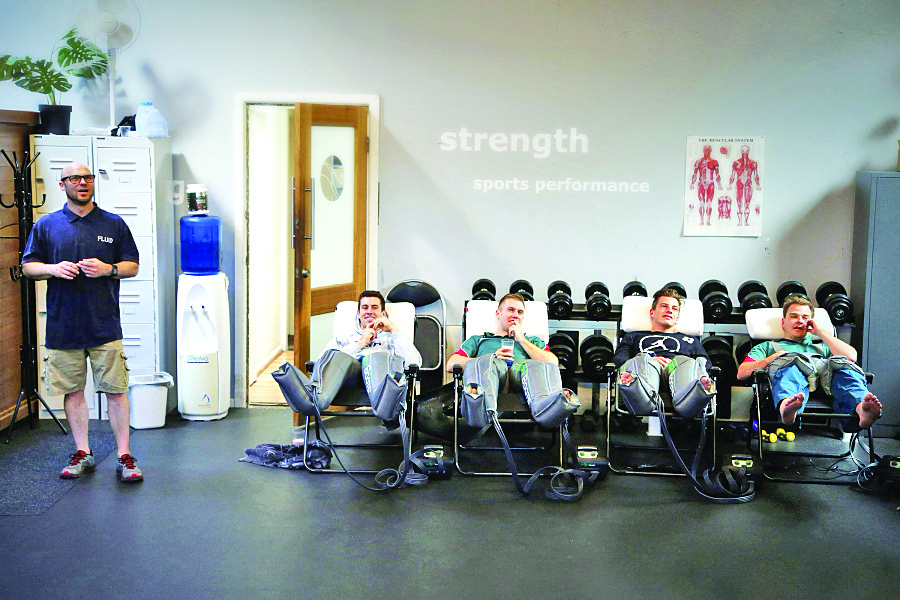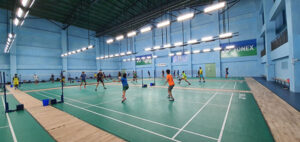Recovery in sports and training plays a very pivotal role in optimising the performance of an athlete or any individual, who has undergone training. If we go by the definition, recovery is the sum of restoration and regeneration, where restoration means the returning of the physiological markers to the normal level and while regeneration means recovery of psychological traits.
As we all know that the level of competitiveness has grown manifold in sports over the past few decades with more travelling and less gaps between the games so the role of recovery has become more vital for the sportsmen. The Recovery Principle itself suggests that an athlete needs adequate time to recuperate from training as well as the competition. It is during the period of rest where the adaptation to the stress from a bout of workout or sports practice occurs.
When we talk about recovery modalities or tools, we come across various schools of thoughts. Some emphasize more on the basic foundation of recovery i.e. sleep , nutrition and hydration, whereas some focus more on modalities like ice and heat immersions, massage, contrast immersions, compression garments and active recovery. And the third type of strategies which one can come across are cryo-chambers, massage guns, foam rollers, expensive supplements etc. There are sufficient studies comparing the effectiveness of first two categories, whereas we don’t have enough studies to back the effectiveness of the third type.

Benefits of sleep
Sleep is the easiest and most basic form of recovery. It is a type of passive recovery. Sleep helps to recover from the fatigue of previous training session and match both physiologically and psychologically. Recovery is promoted through the release of hormones, where growth hormone and androgens are both essential for muscle repair, muscle building, bone growth and promotion of the oxidation of fat. Melatonin is produced by the neurotransmitter serotonin, which is stimulated by darkness and subsequently released from the pineal gland during the night to prompt sleep. Melatonin has a range of antioxidant properties, and given its sensitivity to light and the influence this hormone has upon recovery and health, promoting a suitable sleeping environment is paramount. A study was made during National Netball Championship by Juliff et al in 2016, where the sleep quality of 42 players was measured 12 days prior and 6 days into the tournament. The players from top 2 teams had an average of 8 hours of sleep while the players of bottom 2 teams in the team had less than 7 hours of sleep.
Nutritional requirements
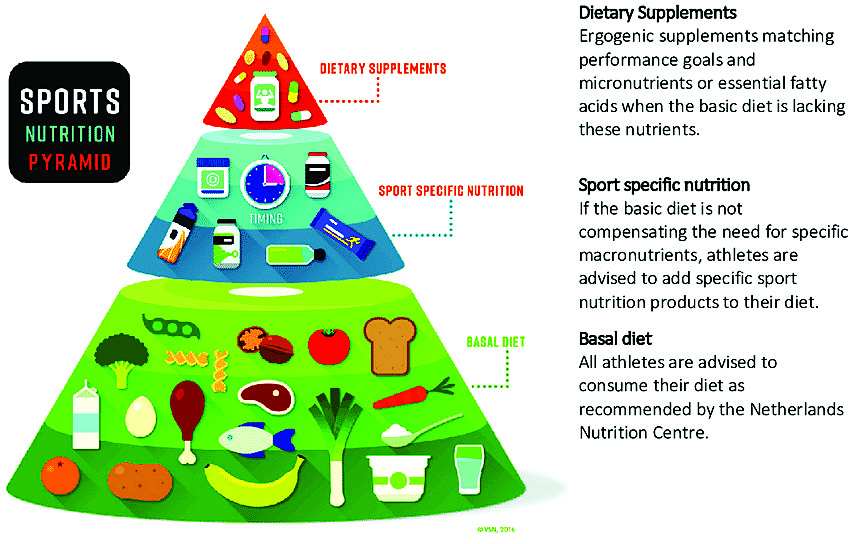
Any physical activity, let alone sports practice or match, comes with an energy cost. That cost becomes manifold when it comes in the case of sportsmen. So for that, there has to be an energy balance which needs to be maintained. So, we need to adopt an appropriate strategy to refuel, rehydrate and replenish the lost balance. As per Australian Institute of Sports recommendations, the following things must be followed:
- Straight after the training or match it is difficult to get nutrition from whole food, it is advisable to consume sports drinks.
- Initial carbs- About 30 to 60 gms of easy and digestable carbs within 30 mins of session or match.
- Initial proteins- About 10 to 30 gms of proteins can be taken.
- Full meal- If the situation and condition allows, then the athlete can be given a whole meal after 30 to 90 mins post session.

- For hydration the common method followed in National Cricket Academy, India is that an athlete needs to be given 1.5 times of total loss in the body weight during the session or match.
Heat and Cold therapies
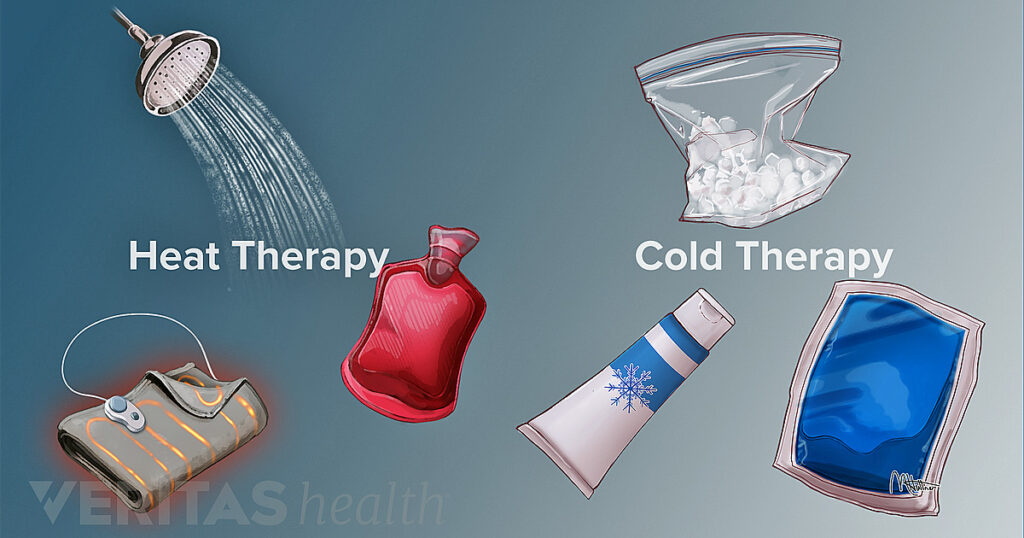
Heat therapies are supposed to improve recovery by increasing the blood supply to muscles, which in turn helps to remove the metabolic waste from the muscles and bring in repair nutrients in to those. It can be done in the form of sauna, hot shower or heat pad. On the other hand, Cold therapies work to promote recovery by reducing body core temperature and blood flow. This is more useful incase of collision or contact sports, where it can help in reducing swelling due to contact or collision. Another method, which is now becoming popular is contrast bath or showers. It is believed that because of the repeated vaso-constriction and dilatation there is a pumping action in muscles, which helps to eject out the metabolic waste. But, the ratio is still under research. It is believed that the appropriate ratio should be 3:1 where 3 minutes should be heat exposure and 1 minute should be cold exposure.
Sports Massage
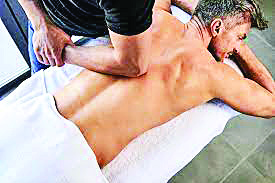
Sports massage given by a professional and trained sports masseur is gaining popularity in recent times. It is believed that sports massage reduces muscle tone or tension, increases blood flow to clear the metabolic wastes and repair nutrients to the body. It causes micro stretching of the body and promotes general relaxation. All this factors contributes to the recovery and reduced soreness.
Active recovery

Active recovery mainly consists of cycling, jogging, slow running, dynamic and static stretches, band resistance exercises etc. The rationale behind this is same as the other modalities, which is removal of metabolic wastes and promotion of repair factors brought by blood. A study was done on NZ black caps rugby team where it was observed that cycling for 7 minutes after a game showed more effective recovery than just sitting idle.
Compression Garments And Machines
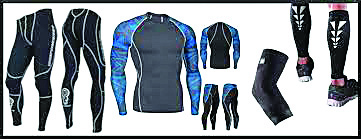
As the name suggests, compression garments and machines compress the underlying muscles and squeeze the blood out of the muscles. This in turn helps in removal of metabolic wastes. Compression garments are generally used by athletes, who are travelling for long time by air to prevent swelling in lower limbs and in many cases it reduces the risk of thrombus formation and eliminate the chances of DVT.

